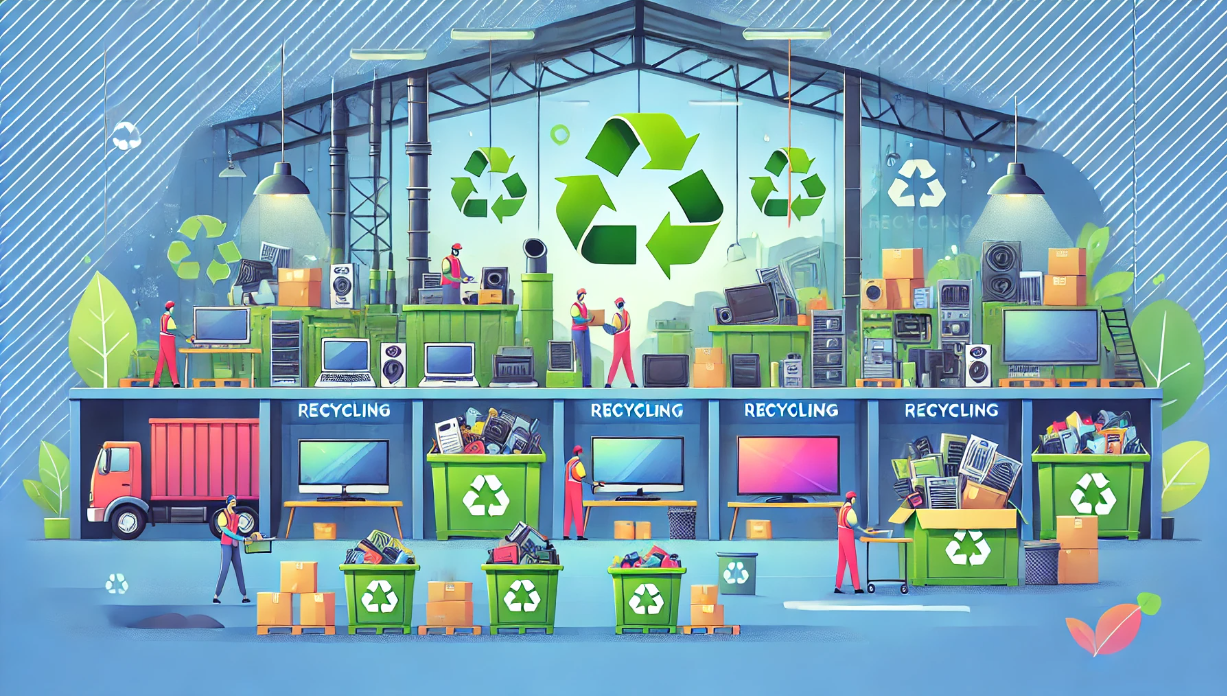
Comprehensive Guide to E-Waste Recycling Services
E-waste is one of the fastest-growing waste streams globally, posing significant environmental and health risks. As technology rapidly evolves, electronic devices become obsolete, leading to a surge in discarded gadgets. But what happens to these electronic items once they’re thrown away? In this post, we’ll explore the importance of e-waste recycling services, how they work, and why your business should invest in them.
What is E-Waste Recycling?
E-waste recycling refers to the process of recovering material from old electronics and reusing them to create new products. This not only reduces the need for raw materials but also prevents harmful chemicals and metals from polluting the environment.
Why is E-Waste Recycling Important?
1. Environmental Protection:
Electronic devices contain toxic substances like lead, mercury, and cadmium. If not properly disposed of, these can leach into the soil and water, causing severe environmental damage.
2. Resource Conservation: Many electronic devices contain precious metals like gold, silver, and copper. Recycling helps recover these materials, reducing the need for mining and conserving natural resources.
3. Legal Compliance: Proper disposal of e-waste is not just good practice; it's often required by law. Many regions have strict regulations governing e-waste disposal to protect the environment and public health.
The E-Waste Recycling Process
Understanding the e-waste recycling process can help businesses and individuals appreciate the value of this service. Here’s a step-by-step breakdown:
- Collection: E-waste is collected from various sources, including businesses, households, and municipal collection points.
- Sorting and Dismantling: Items are sorted by type, and then manually dismantled. This step separates valuable components from hazardous materials.
- Data Destruction: Before recycling, any data stored on electronic devices is securely erased to prevent data breaches.
- Shredding and Material Recovery: The dismantled parts are shredded into small pieces. Magnetic, mechanical, and chemical processes are then used to separate materials like metals, plastics, and glass.
- Refining and Reuse: Recovered materials are refined and purified for reuse in manufacturing new products.
E-Waste Components and Recycling Methods
| Component | Material | Recycling Method |
|---|---|---|
| Printed Circuit Boards | Copper, Gold, Silver | Chemical Separation, Smelting |
| Batteries | Lead, Lithium | Chemical Processing, Smelting |
| Plastics | PVC, ABS | Shredding, Pelletizing |
| CRT Screens | Lead, Glass | Smelting, Glass Reuse |
| Hard Drives | Aluminum, Rare Earth Metals | Dismantling, Shredding |
Choosing the Right E-Waste Recycling Service
Not all e-waste recycling services are created equal. Here are key factors to consider when choosing a service provider:
- Certification and Compliance: Ensure the recycler is certified and complies with local and international e-waste regulations. Look for certifications like R2 (Responsible Recycling) and e-Stewards.
- Data Security: Choose a recycler that guarantees data destruction services to protect your business from data breaches.
- Environmental Practices: Select a company that prioritizes environmentally friendly practices, including the proper disposal of hazardous materials.
- Transparency: A reputable recycler should provide detailed reports on the recycling process and the fate of your e-waste.
- Customer Support: Reliable customer support is crucial. Your recycler should be easy to contact and responsive to your inquiries.
Benefits of Partnering with a Professional E-Waste Recycling Service
- Sustainability: Recycling e-waste helps your business contribute to sustainability goals by reducing your carbon footprint.
- Corporate Responsibility: Demonstrating a commitment to responsible e-waste disposal enhances your company’s reputation and can improve customer loyalty.
- Economic Benefits: Recovering valuable materials can offset recycling costs and sometimes even generate revenue for your business.
- Compliance and Risk Management: Avoid legal penalties and mitigate the risk of environmental contamination by ensuring proper disposal of e-waste.
FAQs About E-Waste Recycling
1. What types of e-waste can be recycled?
Most electronic devices, including computers, smartphones, TVs, and household appliances, can be recycled. However, the specific items accepted may vary by recycler.
2. How can I ensure my data is safe during recycling?
Choose a recycler that offers certified data destruction services. They should provide a certificate of destruction once the process is complete.
3. Is e-waste recycling expensive?
Costs vary depending on the service provider and the amount of e-waste. However, the long-term benefits of compliance, environmental protection, and resource recovery often outweigh the costs.
E-waste recycling is not just an environmental necessity but also a business opportunity. By choosing the right e-waste recycling service, you can protect the environment, conserve resources, and enhance your company’s sustainability efforts. Remember, proper e-waste disposal is a shared responsibility that benefits both your business and the planet. Ready to start recycling your e-waste? Contact us today to learn more about our comprehensive e-waste recycling services and how we can help your business stay compliant and environmentally responsible.
EMAIL US
Get A Free Estimate
Sign up to our newsletter
We will get back to you as soon as possible
Please try again later
Cities we service
Cape Coral
Bonita Springs
North Fort Myers
Lehigh Acres
Captiva
St James city
Bokeelia
Estero
Services
Hours
Monday : 8am - 6pm
Tuesday : 8am - 6pm
Wednesday : 8am - 6pm
Thursday : 8am - 6pm
Friday : 8am - 6pm
Saturday : 8am - 6pm
Sunday : 8am - 6pm
All Rights Reserved | Pure Disposal


